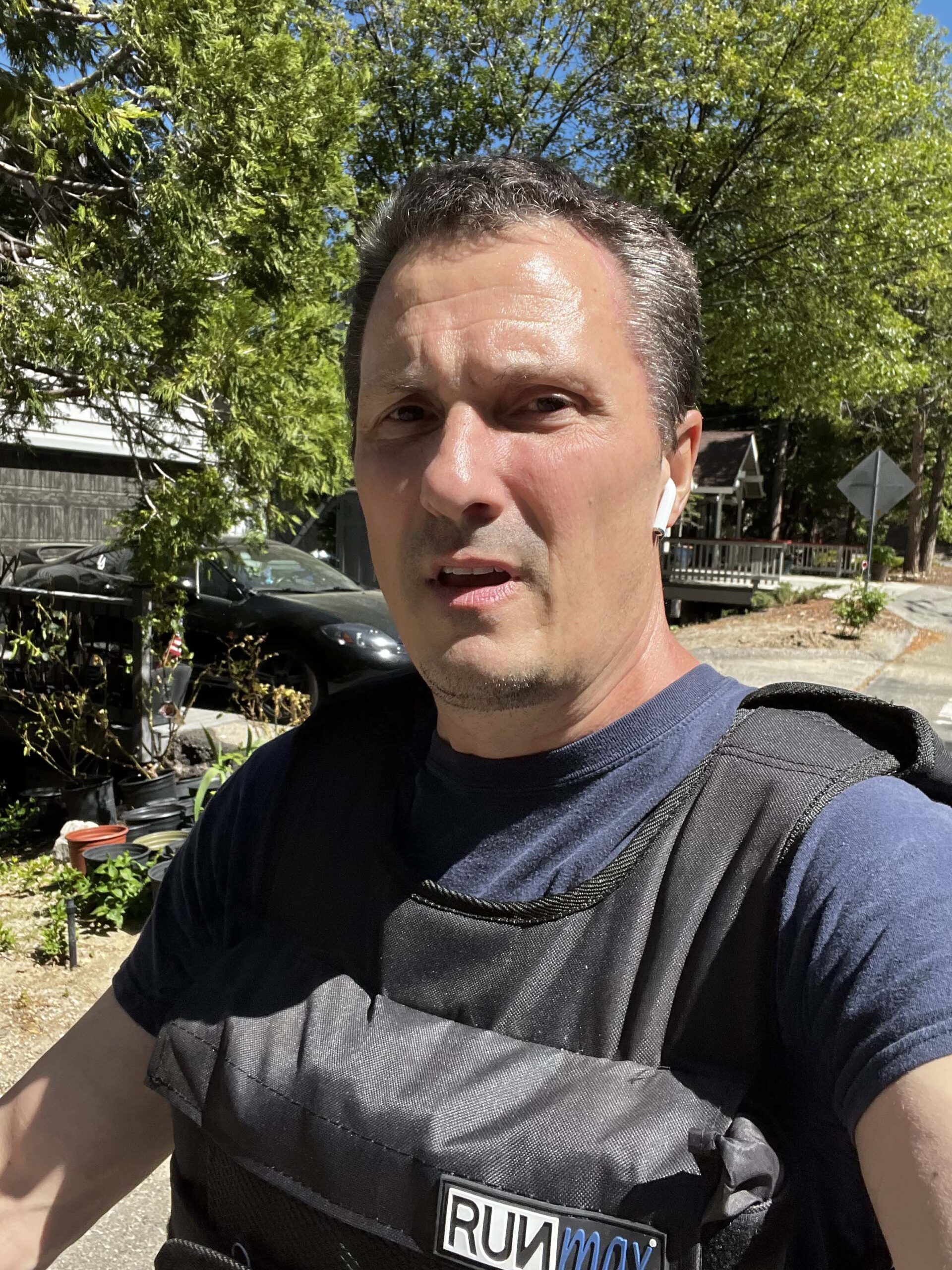Hot yoga is the practice of yoga poses and movements in an environment where the specific room temperature is raised with the use of traditional or infrared heaters. In hot yoga, the temperature is increased to around 86 – 104 Fahrenheit (30 – 40 degrees Celsius). The practice of hot yoga will definitely stretch your muscles and loosen them up, get your blood pumping, and open up your pores. It is not for yoga beginners because it can be challenging and strenuous.
There are several benefits to practicing hot yoga. The first being that the increased heat helps loosen the muscles even before you start the yoga class. This is called dynamic stretching. Dynamic stretching involves moving the muscles and joints after they have been “warmed-up”. As your body warms up, obviously your body temperature rises. Your joints are loosened up. This opens up the blood vessels and capillaries, increasing blood supply to the muscles. This also allows the blood to release more oxygen to aid in your workout. The heat helps you go deeper into a yoga pose due to the relaxation of the muscles. As your muscles are stretched over time, you will gain more flexibility.
The intense heat combined with the challenging yoga poses can be a great way to unwind and manage stress. As the class progresses, you may feel overwhelmed and want to give up, but I encourage you to endure. You might be glad that you pressed through. Challenging yourself mentally and physically can help reduce any feeling of stress and anxiety.
Classes durations for hot yoga can range as long as 60 to 90 minutes. Any exercise for any duration in an increased heat is never easy and will test you. When you force yourself to complete a 60 – 90 minute class, you will build confidence and increase your stamina. As your stamina increases over time, the difficulty of the class should decrease.
Getting away from our sedentary lifestyle, a yoga class will help us burn additional calories. A traditional yoga class can burn around 160 – 185 calories per hour. When you turn up the heat in a yoga class, calorie burn can increase to as high as 330 – 450 calories per hour.
Benefits from yoga can lead to an increase in bone density. Bone density becomes more important as you age. There is a need to increase bone density for premenopausal women. This can lead to decrease the risk of osteoporosis in women.
Yoga or any other types of exercise can help relax and affect your mood in a positive way. Yoga can be an option for those who have symptoms of depression.
Studies have found that with many types of exercise, reductions in blood glucose levels have been found.
Regardless of whether you decide to attend hot yoga classes or not, there have been new trends in yoga. Adaptive yoga is a type of yoga which makes yoga accessible for all. This includes those who have limitations due to disability, age or previous injuries. Adaptive yoga will use various props and modifications such as chairs, yoga blocks or adjustments of the poses to the body.
Other yoga trends have included Face yoga which uses a combination of facial exercises and massage to increase elasticity of the skin and enhance facial structure.
If you have been convinced to give hot yoga a chance, it is important to note certain safety precautions.
- Due to the amount of sweat and water loss, dehydration is a concern. Always drink water before, during and after your hot yoga class.
- If you have health conditions such as low blood pressure, heart disease, diabetes or a history of fainting, light-headedness or dizziness, always check with your physician especially for pregnant women to confirm that hot yoga is ok for you.
- Wear clothing that is lightweight and allows your skin to breathe.
As with starting any type of exercise routine, any medical concerns should be discussed with your doctor first.




